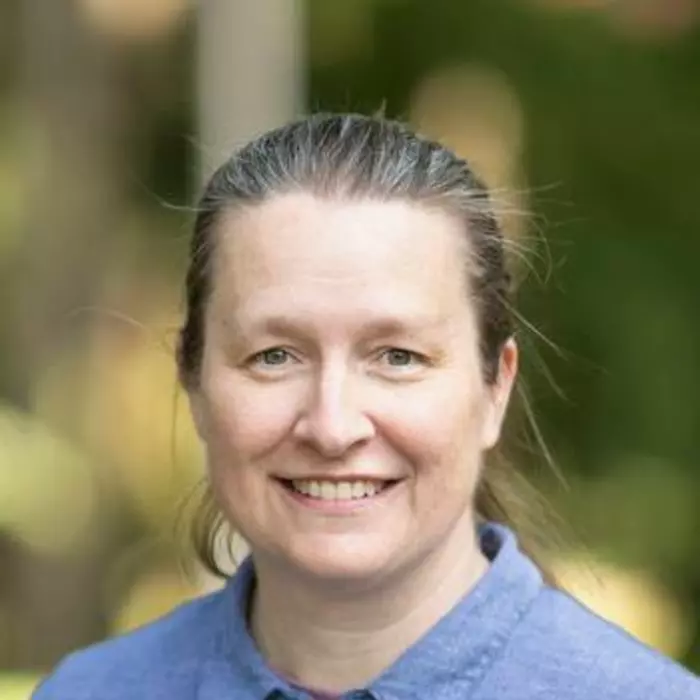
Professor and Director, Science, Technology, Health, and Society
Kristin Johnson’s research focuses on the history of the life sciences. She has written books about both the history of natural history museums and the influence of high child mortality rates on debates over science, faith, and medicine. Her historical novel The Species Maker, a fictional exploration of debates over evolution in the 1920s, was published by the University of Alabama Press in 2021. Her research is driven by the teaching she does in the Science, Technology, Health and Society Program, where her courses include: Apes, Angels, and Darwin; Evolution and Society Since Darwin; Natural History Museums and Society; Medicine in the U.S. - Historical Perspectives; History of Public Health; and Evolution and Ethics.
Publications
Imagining Progress: Science, Faith, and Child Mortality in America. University of Alabama Press, 2024.
Darwin's Falling Sparrow: Victorian Evolutionists and the Meaning of Suffering. Prometheus Press, 2023.
"The Return of the Geneticist: Theodosius Dobzhansky, Edward Chapin, and Museum Taxonomy," Journal of the History of Biology 55, no. 3 (2022): 443-463.
The Species Maker: A Novel. University of Alabama Press, 2021.
Ordering Life: Karl Jordan and the Naturalist Tradition. Johns Hopkins University Press, 2012.
"The Best Panaceas for Heartaches," published in Creative Nonfiction 65 (2017) and Issues in Science and Technology (2017). Honorary Mention for a "Think-Write-Publish: Science and Religion" story writing contest.
"Furnishing the Skill which can Save the Child": Diphtheria, Germ Theory, and Theodicy," Zygon: Journal of Science and Religion 52 (2017): 295-332.
"Qualifying Consequences: A response to ’Consequences of the Spanish Civil War for Entomology," ISIS 108 (2017): 353-357.
“The Natural Historian,” pp. 84-96 in A Companion to the History of Science, edited by Bernard Lightman (Wiley-Blackwell, 2016).
(with Ariela Tubert) "Adventures in Co-teaching History and Philosophy: Evolution and Ethics," History of Science Society Newsletter 4(2012): 7-9.
“A Naturalist in Wartime: John Buxton’s pioneering study of the Redstart,” Naturalist 135(2010): 189-194.
“The return of the Phoenix: the 1963 International Congress of Zoology and American zoologists in the twentieth century,” Journal of the History of Biology 42(2009): 417-456.
“Natural history as stamp collecting: a brief history,” Archives of Natural History 34 (2007): 244-258
“Ernst Mayr, Karl Jordan, and the history of systematics,” History of Science 48 (2005): 1-35.
“Type-specimens of birds as sources for the history of ornithology,” Journal of the History of Collections 17 (2005): 173-188.
“The Ibis: transformations in a twentieth century British natural history journal,” Journal of the History of Biology 37 (2004): 515-555.
“The tail end of the moth: clarifying species boundaries,” Endeavour 28 (2004): 161-166.